-
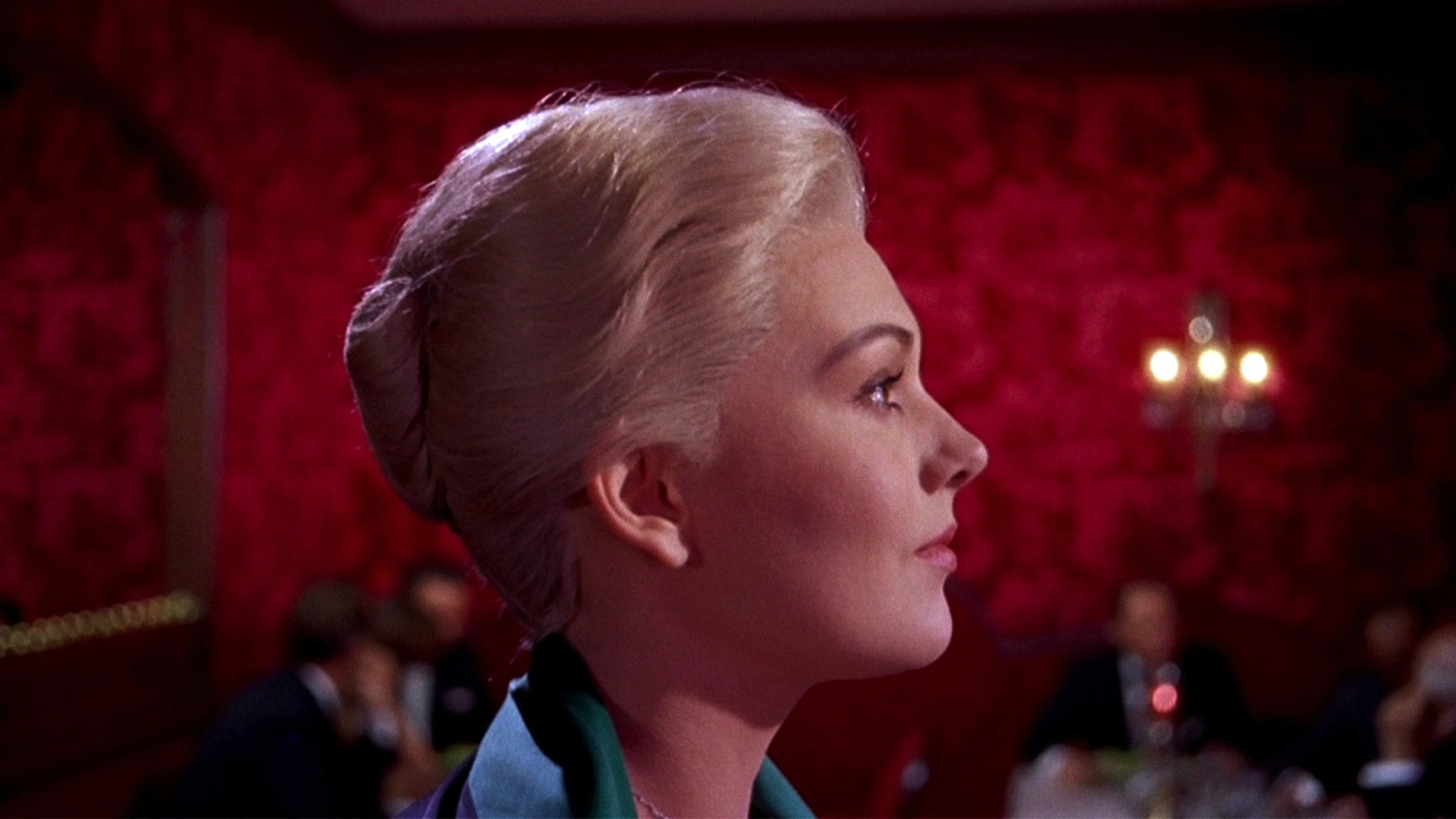
The Best Films of the 1950s Decade
The greatest films of the 1950s, from the classic Hollywood musicals to Japan’s Golden Age of cinema.
-
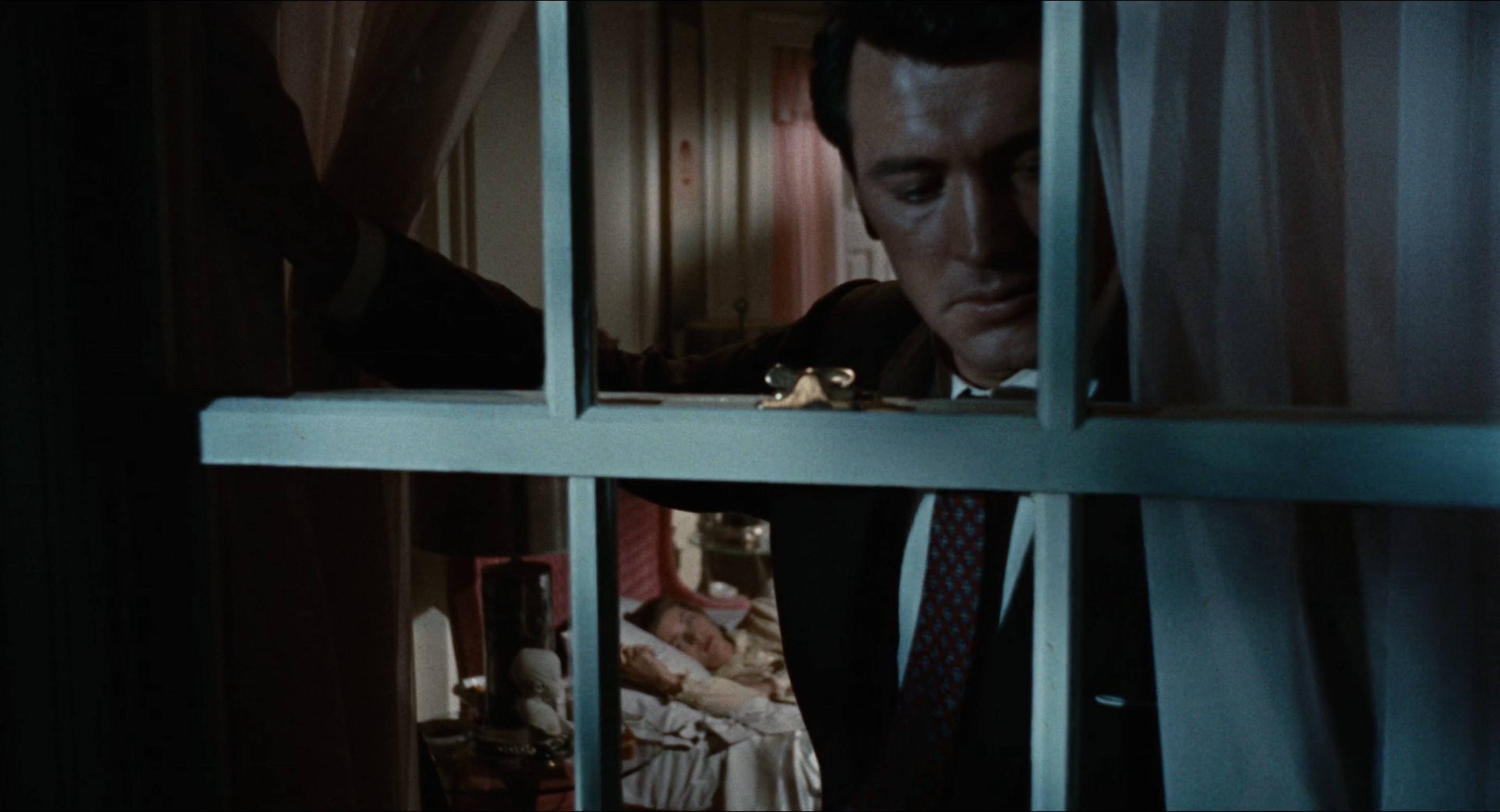
Written on the Wind (1956)
All the money and oil in Texas can’t save the Hadley family from its own self-sabotage, and in following their downfall in Written on the Wind, Douglas Sirk crafts an eloquent Southern Gothic tale of bitterness, envy, and impotence, matching its colourful melodrama with an equally affecting visual style.
-
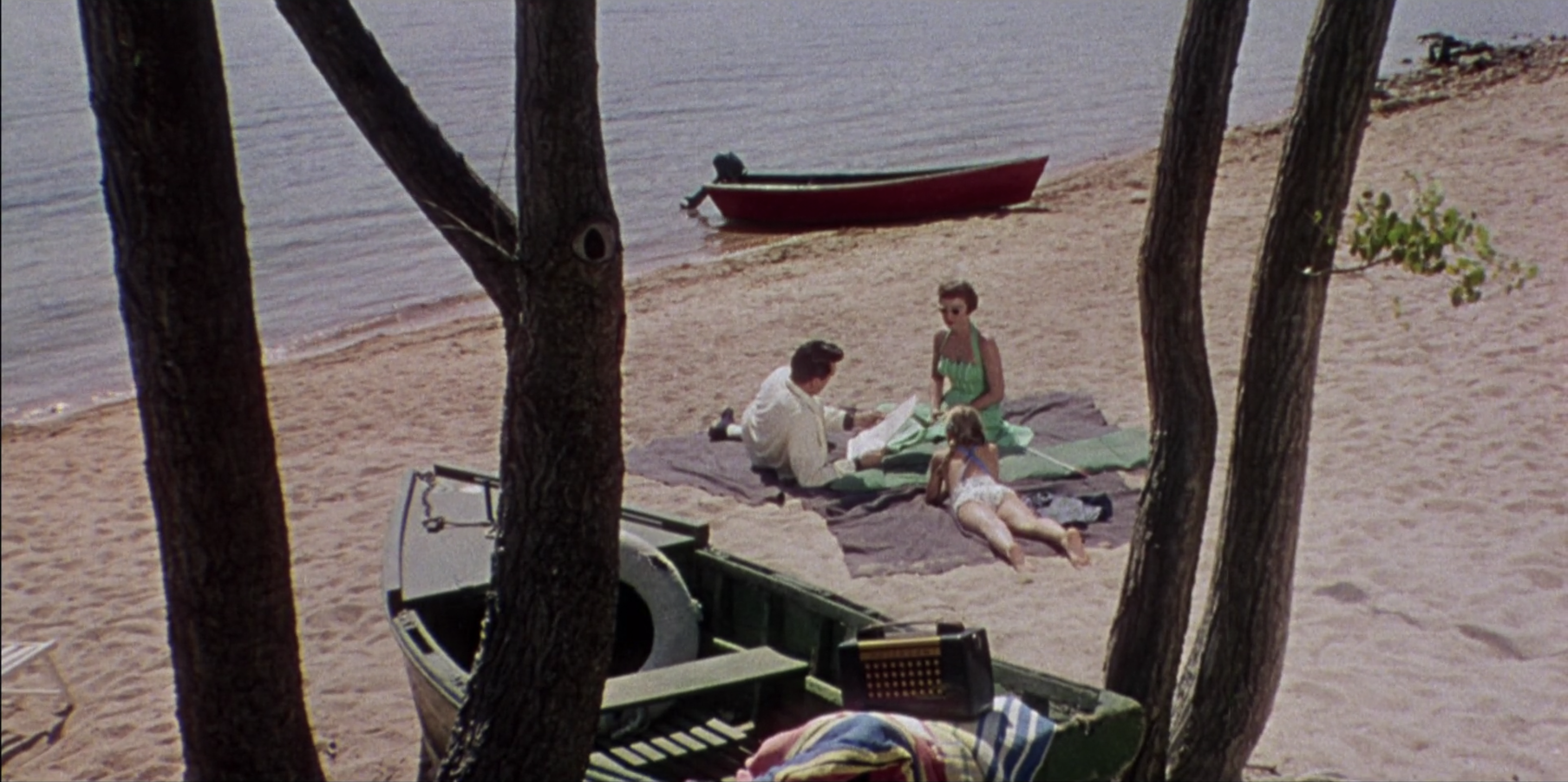
Magnificent Obsession (1954)
Any instance where pure goodness and elegant beauty wins out over insensitivity in Magnificent Obsession is infinitely precious to a soft-hearted melodramatist like Douglas Sirk, as his leading of a spoiled playboy down a path of moral rehabilitation poetically transforms him into an image of the selfless man whose death he indirectly caused.
-
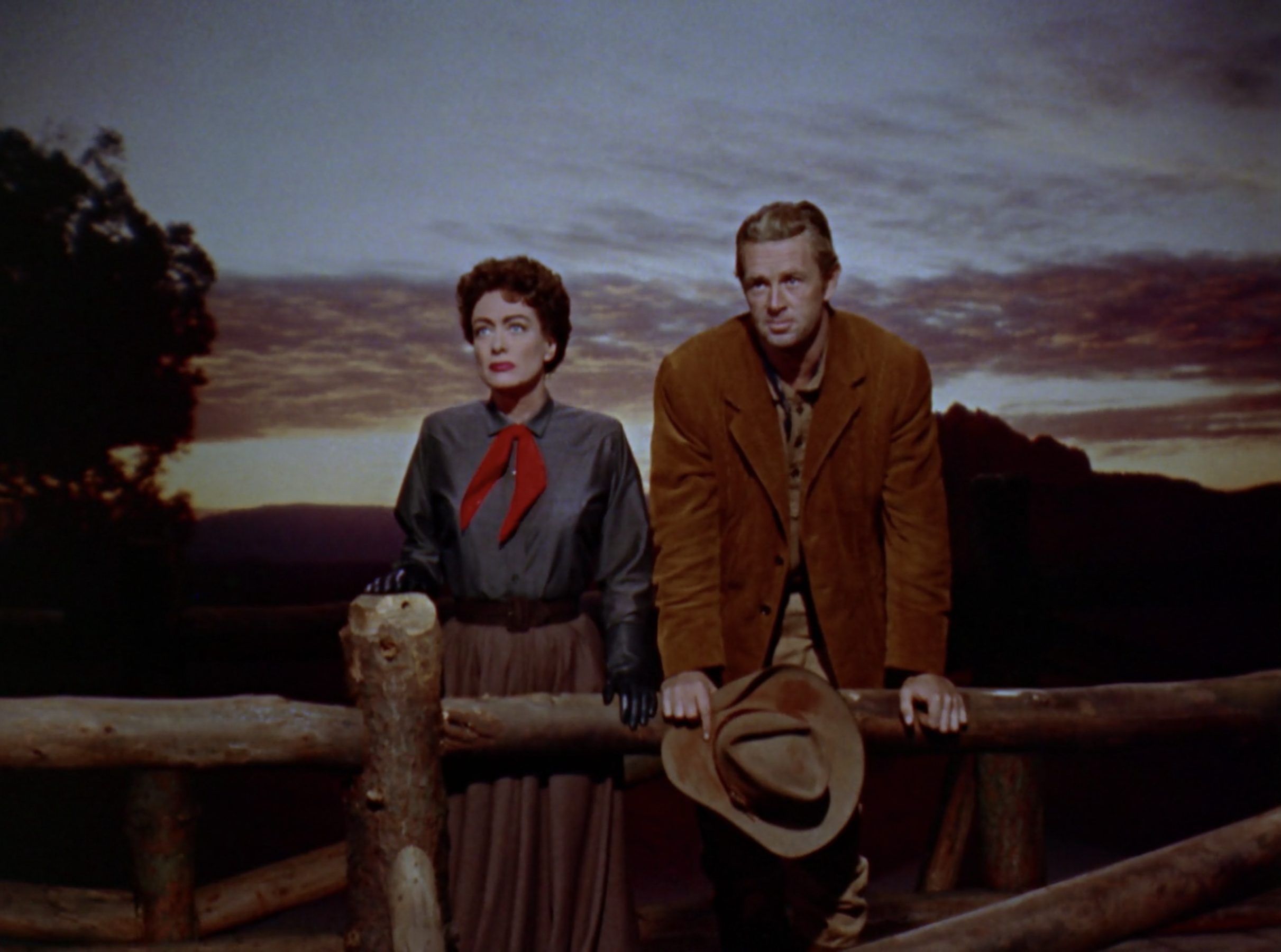
Johnny Guitar (1954)
Even rarer than seeing a woman take the lead in a classical Western is the choice to set her against another woman as the equally compelling villain, as Nicholas Ray projects a feminine sensitivity upon the male-dominated genre in Johnny Guitar with magnificently complex characters and vibrant colourful expressions.
-
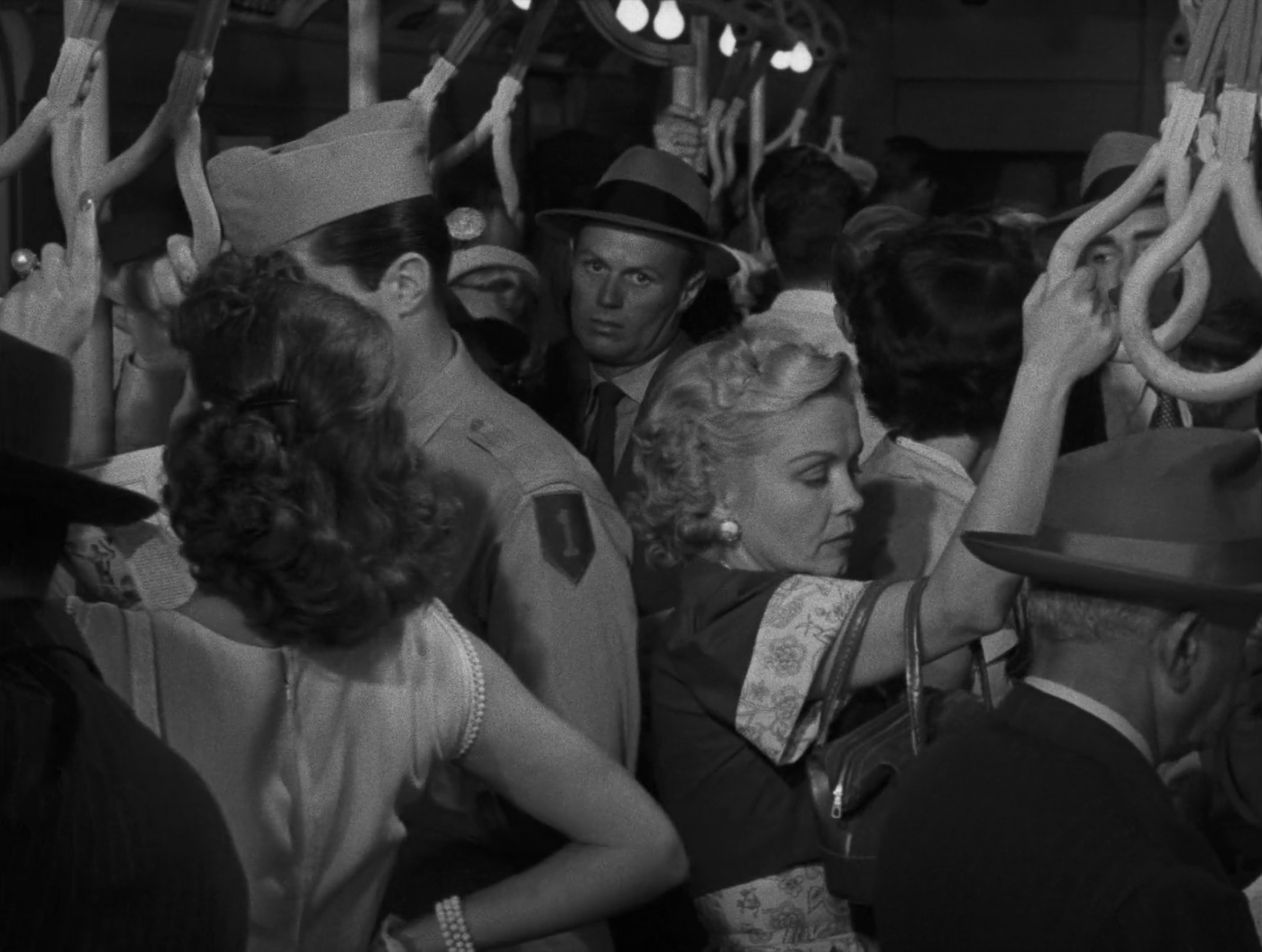
Pickup on South Street (1953)
Pickup on South Street is a triumph of writing, character, and stylistic camerawork for Samuel Fuller, and it is in the marriage of all three that he crafts a compelling Cold War thriller crackling with the fizzing tension of stealth, espionage, and a sensual seduction between a pickpocket and his target.
-
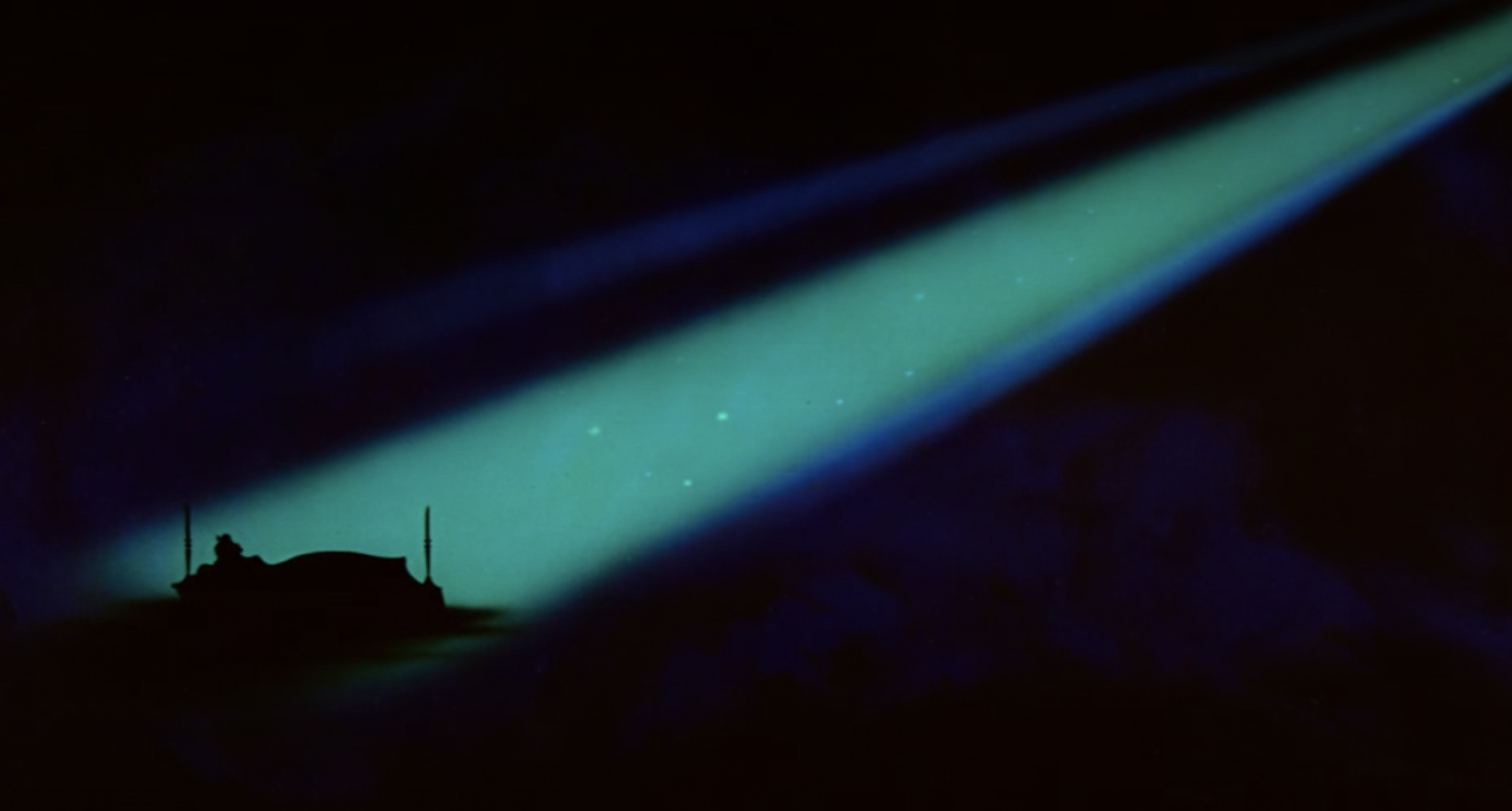
Sleeping Beauty (1959)
In using the full scope of its widescreen format, Sleeping Beauty creates the layered look of Renaissance tapestries hand-drawn on canvas, effectively infusing the whimsical style of its narrative into its dreamy imagery and delicate orchestrations.
-
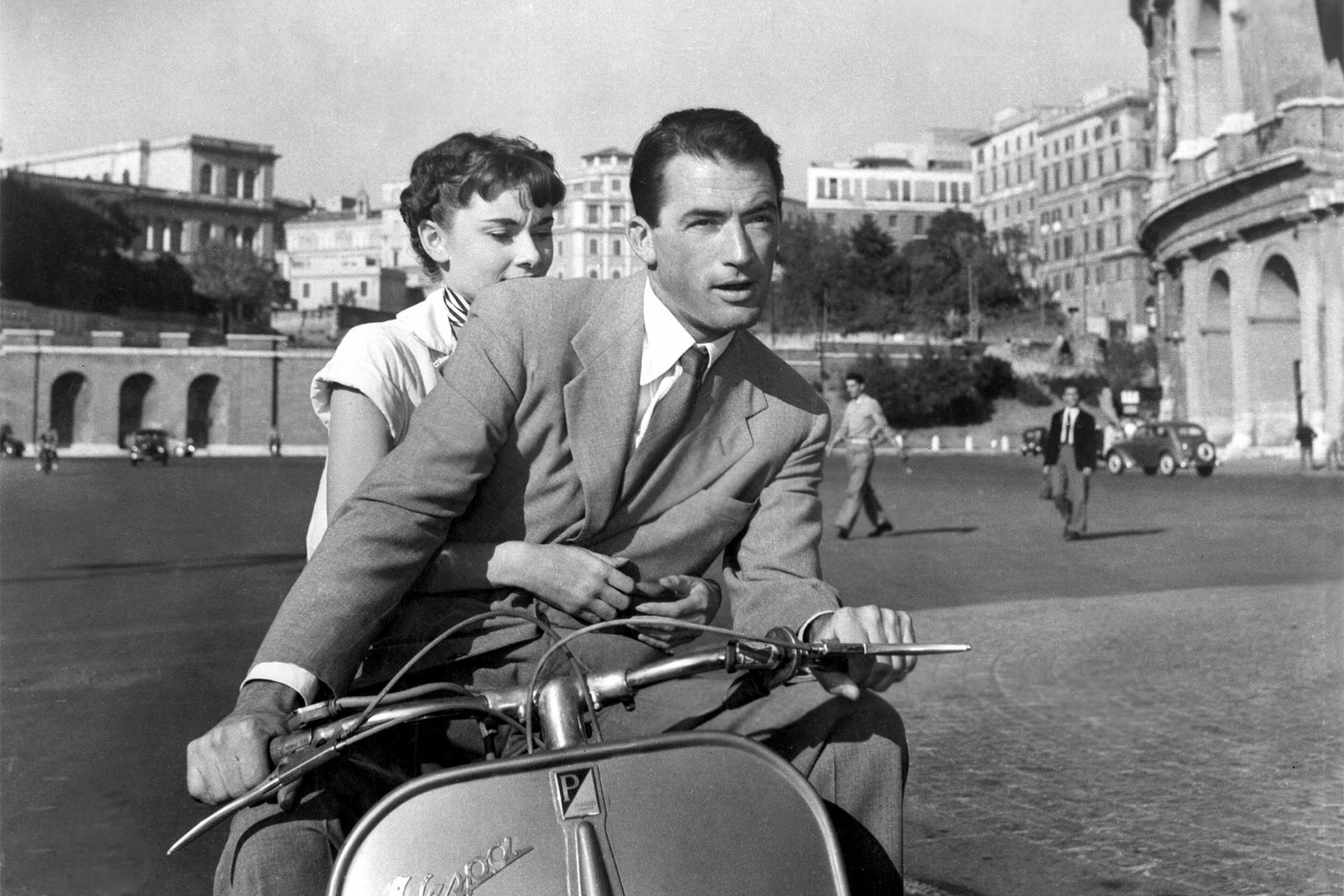
Roman Holiday (1953)
In turning Rome’s architecture and geography into a living, breathing environment in Roman Holiday, William Wyler crafts a romantic adventure for newspaperman Joe and runaway princess Ann, and offers Audrey Hepburn a perfectly charming setting for displays of natural magnetism that carry entire scenes.
-
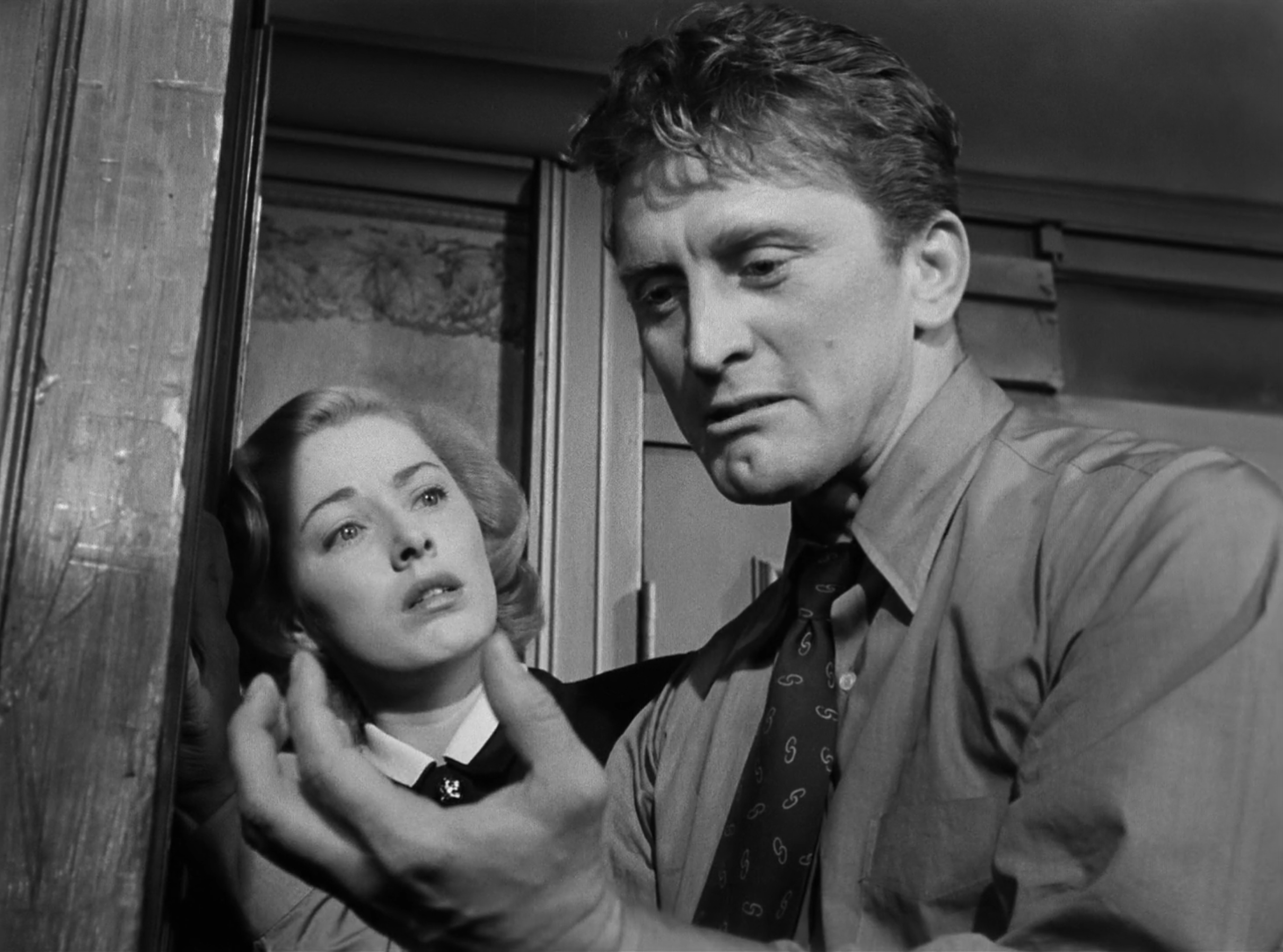
Detective Story (1951)
As Detective Jim McLeod’s personal and professional worlds collide in the web of narrative threads that emerge over the course of one day inside a police station, Wyler’s deep focus staging of his cast brings layers of both visual and subtextual significance to Detective Story, turning it into a character study of an unforgiving, unsalvageable…
-

Sabrina (1954)
In Sabrina, Audrey Hepburn combines two roles she would commonly be associated with in her career – the fresh-faced innocent and the stylish fashion icon – and through her gorgeous transformation challenges clearly defined class boundaries, giving rise to a web of intricate relationships that Billy Wilder relishes in his luscious deep focus cinematography.
-
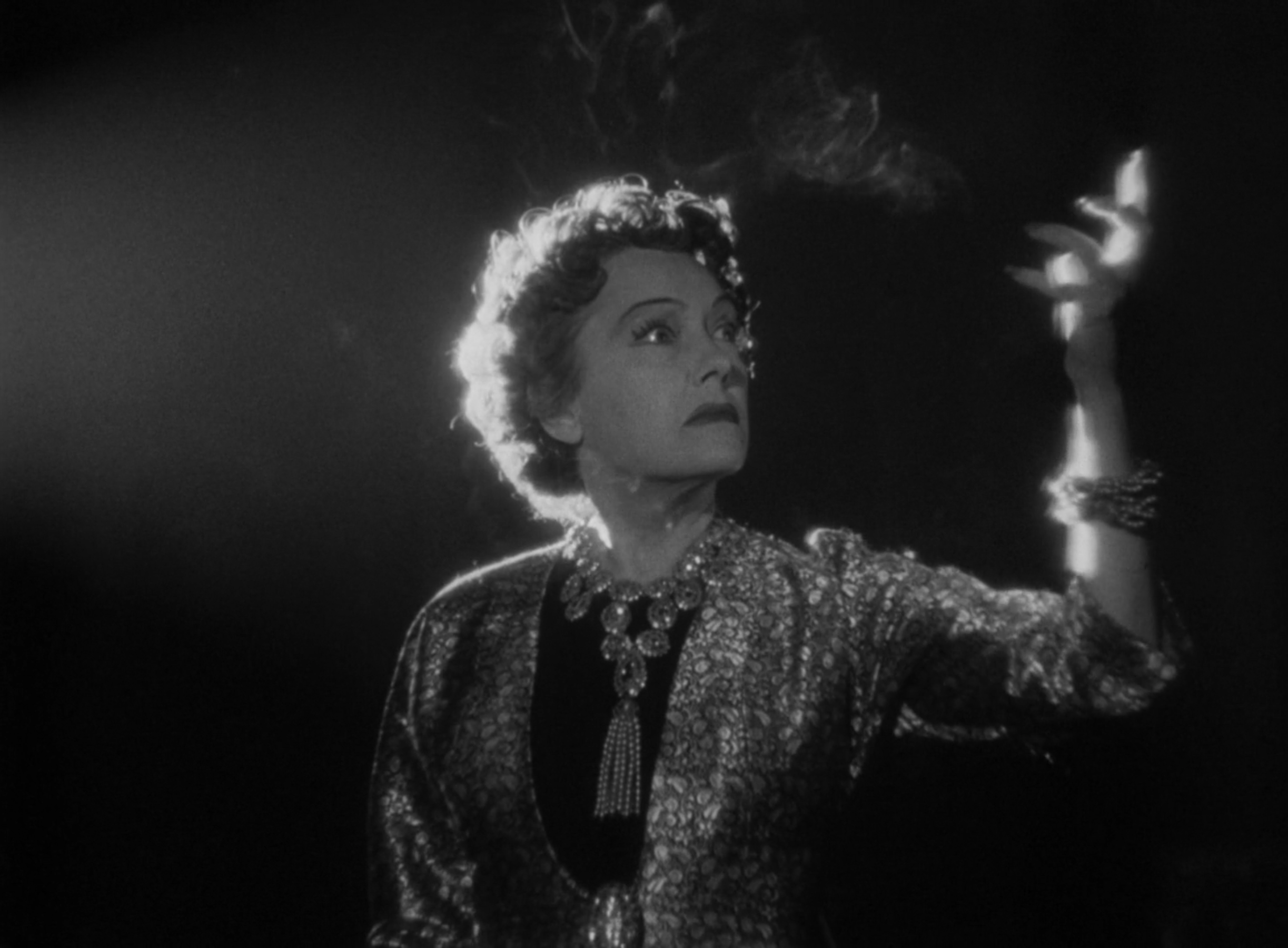
Sunset Boulevard (1950)
While Billy Wilder’s snappy screenplay for Sunset Boulevard bounces from scene to scene in crisp, elegiac prose, he also efficiently constructs one of the most tragic cinematic characters in Norma Desmond, played by a magnificently theatrical Gloria Swanson whose every line and action resounds with pride and misery of grandiose proportions.
-
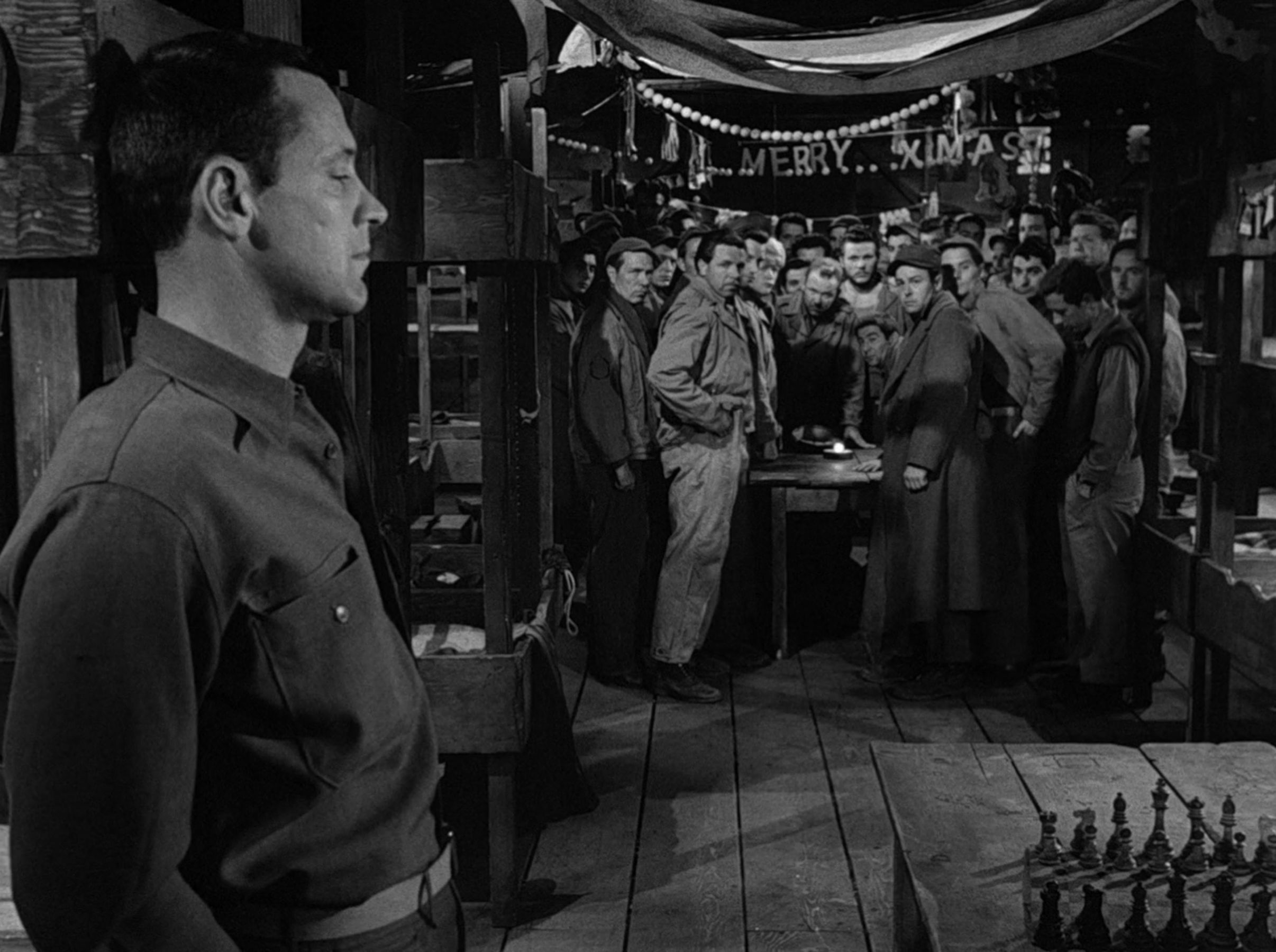
Stalag 17 (1953)
Though a World War II German prison camp is not a setting that naturally opens itself up to comical escapades, Billy Wilder recognises the need to step away from its bleakness every now and again in Stalag 17, dedicating this suspenseful, funny, and tender film to the persistence of the human spirit in the worst…

